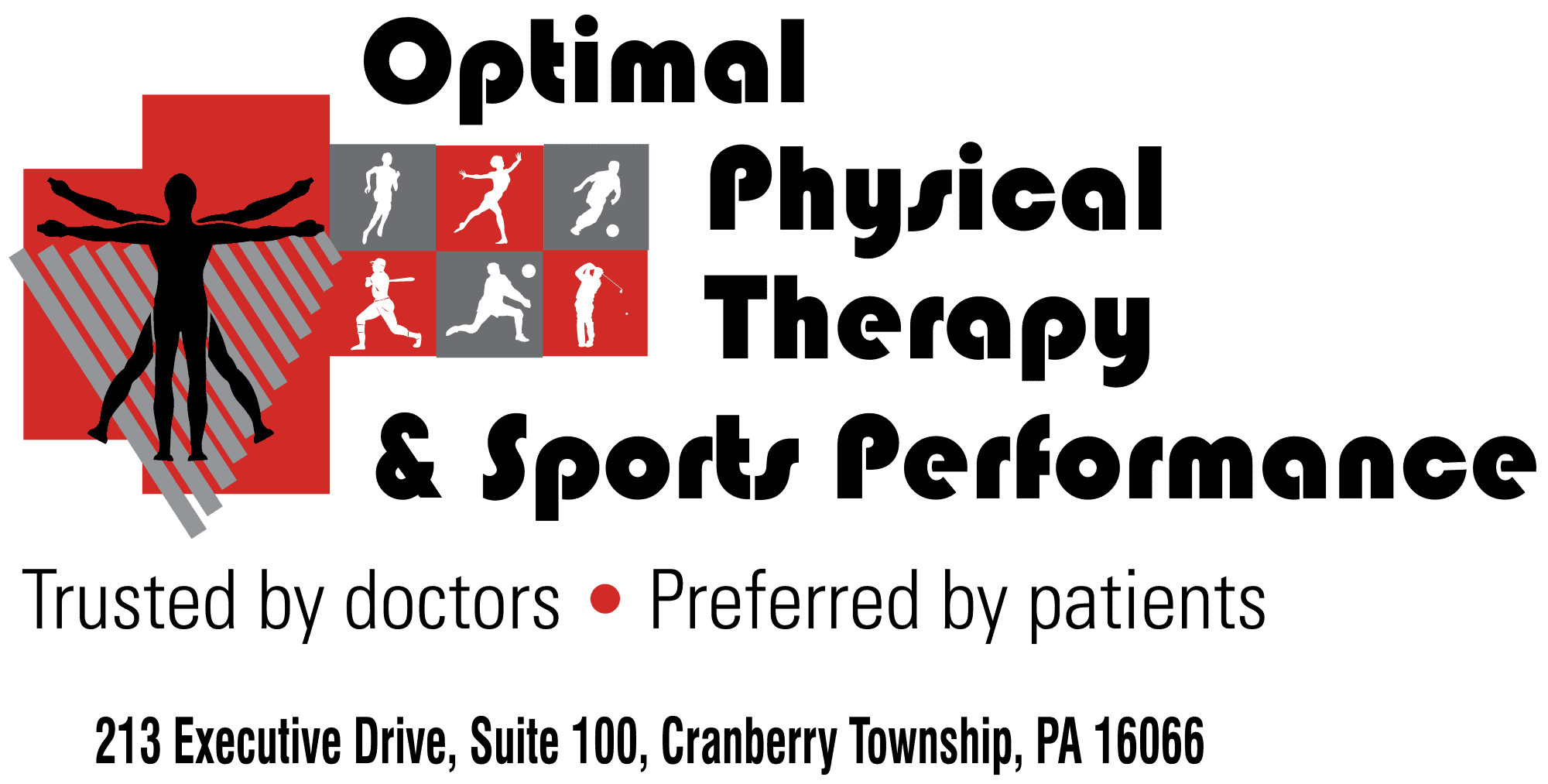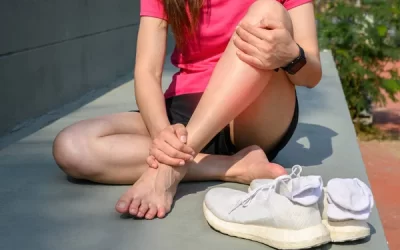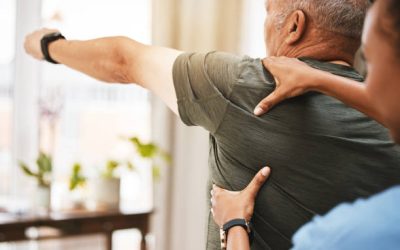The “core” of your body is the center of your body from which your arms, legs and head extend. The spine, rib cage, pelvis and all the muscles connecting these areas form the center/core of the body. Muscles in this region are considered the core muscles. These are used in almost everything you do. When you turn in bed, you are using your core. When you reach for an object on an upper shelf, your core must activate and stabilize your body so that your arm/hand can be successful to get to the object. Being able to stand tall , sit without slouching and maintaining good posture while walking comes from a strong core. If you like to golf or play tennis, you are using your core muscles to generate force for your swing. A strong core enables more advanced movements to be performed such as pitching a baseball, complete weight lifting challenges, competing in gymnastics, dancing, play football, lacrosse or rowing. Runners need to engage their deep core muscles about their spines to help avoid injury. EVERYONE can benefit from a strong core whether an advanced athlete, someone who works a physically demanding job or an older person just trying to keep mobile and functional.
If your core is weak, you are more likely to experience back pain and other injuries as well as have postural changes. Physical therapists can teach people how to strengthen their core muscles by targeting specific muscle groups. It starts simple by activating specific weak muscles and then putting several muscles to activate together and progress to more involved motions or sports specific movement patterns. Physical therapists are very good at “spotting” where a person may be weak just by observing someone walk, stand up or sit down, complete stairs, complete a reaching task, or by helping an athlete perform their specific sport with greater efficiency and perfection. Muscles are able to be tested and graded on if they perform within normal parameters. Creating a plan to improve poorly performing muscles is one of the many things physical therapists are trained at doing. Strong core muscles are integral in protecting the spine from injury, creating a strong base that gives one good balance skills, makes movement and everyday tasks less fatiguing and enables everyone to use their limbs in stronger and more efficient ways.
Think about the part of your body around your trunk and pelvis. These are your “core”: abdominal muscle group, back extensor muscle groups, chest and upper back muscles, and muscles that connect the leg to the torso. Sometimes, a person may be strong in some but not all of these groups. It can even happen that one side of the body is stronger than the other. Inflexibility/tightness can be present in certain muscles that prohibit proper muscle alignment and efficiency. These are called muscle imbalances and can be corrected. A person with weak abdominal muscles will move differently than a person with weak hip extensors. Someone who sits a great deal will likely need to stretch the muscles that tend to shorten by being in this prolonged position (hip flexors) and strengthen the muscles that are on stretch while sitting (hip extensors).
What can you do to strengthen your core? You do not need expensive equipment to work on your core. If you enjoy group classes, Pilates, Yoga and certain fitness classes can address these muscles. You do not need class work and can do some things at home. Just a few simple core exercises include:
The Bridge: Lie on your back with your knees bent. Keep your feet flat on the floor. Raise your hips off the floor until they are in line with your shoulders and knees. Hold for count of 3-5 secs. Return to starting position by slowly lowering your hips to the ground. Repeat 10-15 times. Try working up to 3 sets each with 10-15 reps.
Plank: Lie on your stomach. Place your forearms on the floor near your ears and push yourself up with your arms. Bend 90 degrees at your elbows so you rest on only your forearms and toes. Keep your shoulders over your elbows. Try to keep your head, back, hips and knees in one straight line. Keep your stomach tight. Press your elbows and knees in toward each other. This will create resistance even though they will not actually move. Hold the pose for 10-30 sec. Return to starting position. Try working up to holding this position for 1 minute.
All Fours/Arm and Leg raise: Position yourself on your hands and knees as if you were getting ready to crawl across the floor. Keep a neutral spine(not arched or rounded) and tight abdominals throughout the exercise. Extend your left leg behind you as far as you can. Slowly raise your left leg until it is level with your waist but not higher. Hold for 5 seconds. Bring the left leg down to starting position and repeat using your other leg. You can make this exercise more challenging by adding in arm movements. To do this, extend your right arm at the same time as you extend your left leg. Raise both your arm and leg until they are level with your waist. Hold 5 seconds. Lower your arm and leg and repeat with the opposite arm and leg. Repeat this ten times on each side. Try working up to 3 sets of 10 reps.
There are so many more exercises that address the core including various types of sit ups and specific strengthening of the upper back muscles and hip muscle groups. Exercise can use your body weight, stability balls, standing/balancing on dyna discs to name a few. Exercises can also be modified for those older persons who may not be able to complete the above listed examples. Standing while holding on to the back of a stable chair and keeping a tall neutral posture (no leaning forward or sideways) while kicking leg out to side or behind you will help strengthen hip and core. Lying on your back with legs bent or straight and imagining bungee cords from lower end of rib cage to opposite pelvis bones crisscrossing your stomach and tightening your abdomen to make these “bungee cords” tighten together. Hold 3-5 secs and repeat 10 times. Try to work up to 3 sets of 10 reps. Physical Therapists know how to modify the exercise for the age and ability of the person who could benefit from it.
We hope to educate all about the wonderous body and all the movement that is possible in life. Much of this movement begins with the core. Physical decline often has its start with the core. Athletes become elite athletes by harnessing the power of the core. Older persons remain functional independent individuals by maintaining a strong core. So whatever your age and aspirations, keep your core strong. It may be the missing link to what you want to be able to do with your movement aspirations.



